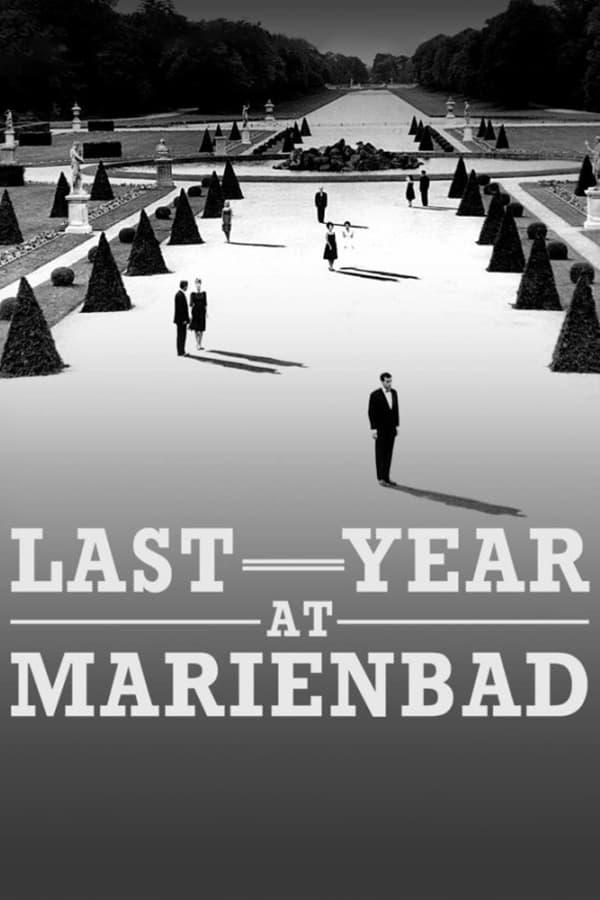
Last Year at Marienbad
1961
Rate this movie
Average: 0.00 / 5
(0 votes)
Director
A remarkably atypical film, this one by Resnais, where space and time are no longer immovable constants but dissolve within the narrative, creating a state of suspension, of uncertain anticipation. It is not merely a stylistic choice, but a true ontological declaration that places the film, a milestone of the Nouvelle Vague and particularly of its more intellectual strain associated with Chris Marker and Agnès Varda's "Rive Gauche," outside of any traditional narrative canon. Resnais, who had already explored the fluidity of memory in Hiroshima Mon Amour, here pushes the investigation to its extreme consequences, transforming the very perception of reality into a fragile and malleable construct. The visual experience, supported by editing that is almost a musical score, is a journey into a mental labyrinth where every corridor can lead to an indistinguishable past, present, or future, challenging the Cartesian coordinates the viewer is accustomed to and inviting them to an almost dreamlike immersion, an exploration of consciousness and its intrinsic unreliability.
Scripted by Alain Robbe-Grillet, a pivotal figure of the Nouveau Roman and a champion of narrative 'objectivity,' the film tells the story of a man and a woman who meet in a magnificent villa, a sumptuous place that is simultaneously a gilded cage and a stage for a plotless drama. Here, amidst baroque stuccoes and Italian gardens, other guests move in an almost mechanical and 'entropic' way – anonymous and impeccable figures, mere decorative elements that emphasize alienation and the disintegration of meaning. These secondary characters, engaged in playful rituals like the infinite match game, only serve to amplify the sense of an empty existence, made of bloodless social conventions and interactions devoid of authenticity.
The man, a nameless face like all the others, is convinced he knows the woman, that he met her the year before in the same place, promising to escape together. The woman, however, stubbornly denies any recollection, asserting she knows neither him nor anyone else present. This dichotomy, this irreducible conflict between memory and oblivion, constitutes the core of the work, catapulting the viewer into a labyrinth of hypotheses: is the man's narrative a delusional fantasy, a seductive attempt, or a denied truth? Is the woman a victim of trauma, amnesia, or simply a figure who refuses to confront an uncomfortable past? The very nature of reality is called into question, reduced to a mere subjective reflection, a play of mirrors that distorts every certainty.
The two, ethereal figures clad in high fashion garments that make them almost mannequins in a timeless exhibition, chase each other in a hypnotic dance through the silent corridors and imposing ballrooms, amidst marble statues and geometric gardens that seem to exist outside of any historical dimension. Sacha Vierny's black and white cinematography, of an icy and formal beauty, elevates every shot to a motionless work of art, transforming the settings into a baroque theatre where every element is meticulously crafted, yet devoid of pulsating life. The fluid and hypnotic camera movements, the slow tracking shots that reveal infinite perspectives, contribute to creating an atmosphere of rarefied unreality, of decadent elegance where every gesture and every word seem recited from a preordained script, yet devoid of complete meaning.
Over the entire narrative hangs a kind of temporal disintegration that challenges the linear conventions of storytelling, as if there were no reference point to cling to. The film is built on a circular and fragmented logic, in which scenes repeat with minimal variations, dialogues return like distant echoes, and the man's narrative voice insinuates itself with an almost obsessive insistence, never providing certainties. This deliberately elliptical and elusive structure is not an authorial whim, but a profound reflection on the nature of memory itself, which is not a linear archive of events, but a disordered flow of impressions, sensations, and memories that continuously overlap and rewrite themselves. Resnais forces the viewer to abandon the search for an objective truth, inviting them instead to immerse themselves in a perceived reality, intimate yet universal.
The viewer is incessantly disconcerted, forced into an active and even intellectually arduous viewing experience, and reaches out to the two main figures as the only, faint way to resolve the foggy and deliberately ambiguous reality unfolding on screen. There is no single interpretive key, no easy solution to the puzzle that Resnais and Robbe-Grillet have devised. The film offers no answers, but stimulates questions, becoming a true philosophical treatise on perception, subjectivity, and the impossibility of grasping an ultimate truth. The resulting frustration is an integral part of the work's appeal, an appeal that stems precisely from its stubborn resistance to being deciphered, inviting a plurality of interpretations that linger long after the viewing.
Ultimately, it is not important whether the two know each other, nor whether their love story, if it can be called love, will be crowned with a happy ending. Resnais's interest shifts elsewhere, towards a much deeper reflection: he is concerned with depicting not only those who lose their identity without being aware of it, but also the progressive disintegration of the individual within a society that nullifies their specificities. In this timeless palace, people are reduced to mere social functions, to empty shells that move according to rigid protocols, almost an existential commentary on the loss of meaning in the post-war era, where personal identity dissolves into conformity and the daily performance of a role devoid of substance.
Every person involved in this story is nameless, nor does it matter that they have one. This radical and deliberately depersonalizing choice is not a gimmick, but an essential component of the authorial vision. The anonymity elevates the characters to archetypes, to universal figures who embody states of mind and existential dilemmas rather than complex personalities. They are less individuals and more projections, almost ghosts of a collective memory or a shared nightmare. Such formalism, almost clinical in its detached observation, deprives the viewer of a point of emotional identification, forcing them to confront the film on a purely intellectual and contemplative level, as if before a pictorial abstraction or a musical composition.
Society itself, as portrayed by Resnais, seems to consist of an unsettling gallery of timeless non-identities, men and women compartmentalized in places without past, present, or future that merge into an eternal and static mise-en-scène. The villa becomes a metaphor for a gilded cage, a claustrophobic world of appearances where time has stopped in an eternal present, denying any progression or development. It is a powerful image of a post-traumatic Europe, perhaps, clinging to rituals and conventions to mask inner emptiness, a subtle critique of bourgeois alienation and the decadence of an aristocracy that self-preserves in its pompous irrelevance, incapable of confronting an external reality that is not its own self-referential refuge.
Timelessness and non-identity, therefore, are not mere narrative devices, but the fundamental interpretive keys to this enigmatic and deeply resonant story, which lingers long in the viewer's memory. Its influence has been profound, inspiring generations of filmmakers to dare with narrative and perception: it is impossible not to recognize echoes of its dreamlike logic and obsessive aesthetic in the works of directors like David Lynch, with his mental labyrinths and fluid identities, or Christopher Nolan, with his complex narrative architectures and temporal games. Last Year at Marienbad is not just a film; it is a sensory and intellectual experience which, far from providing comforting conclusions, leaves behind shreds of unease, persistent challenges to our understanding of reality, and unanswered questions that continue to torment and fascinate, making it a timeless masterpiece of experimental cinema.
Main Actors
Gallery
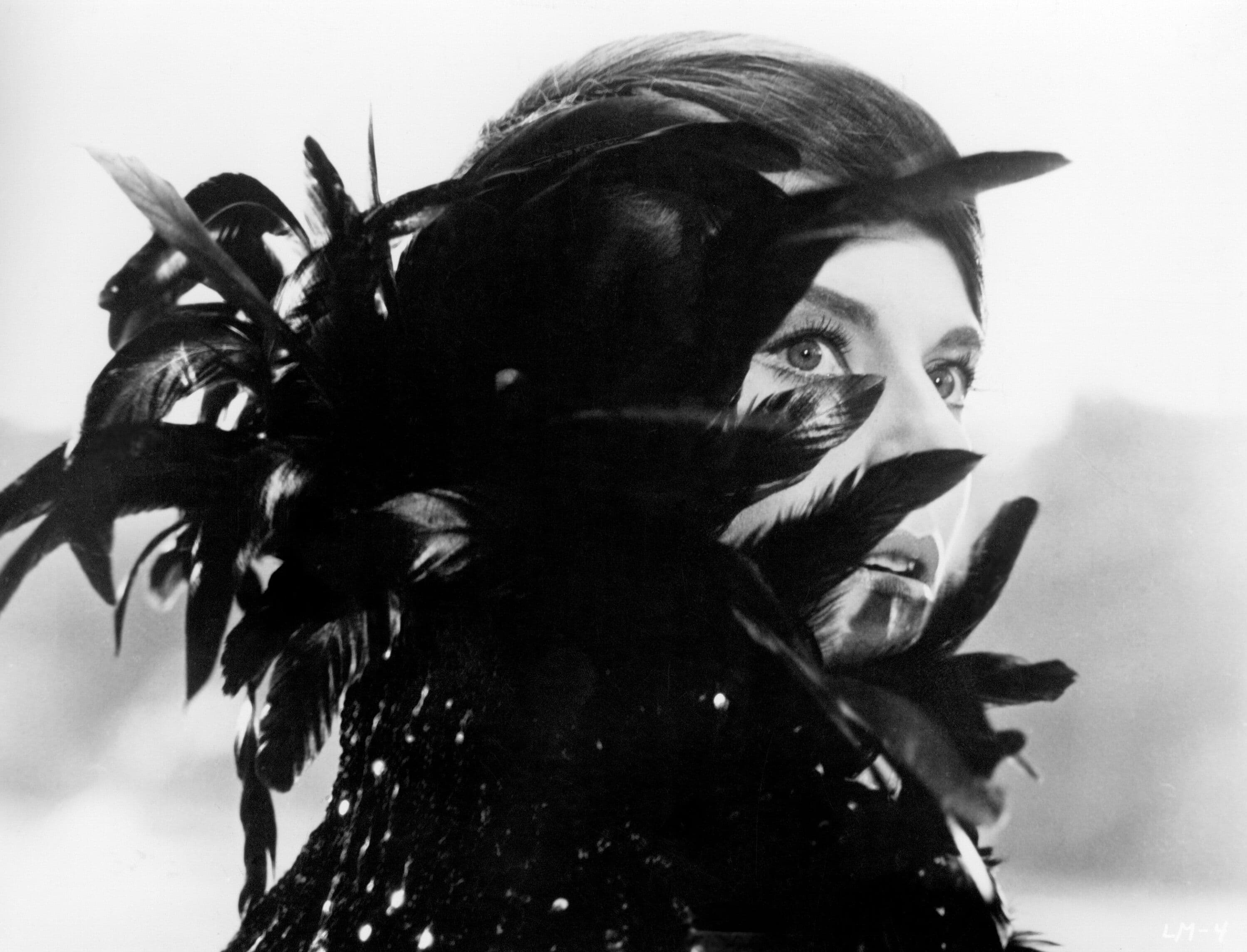
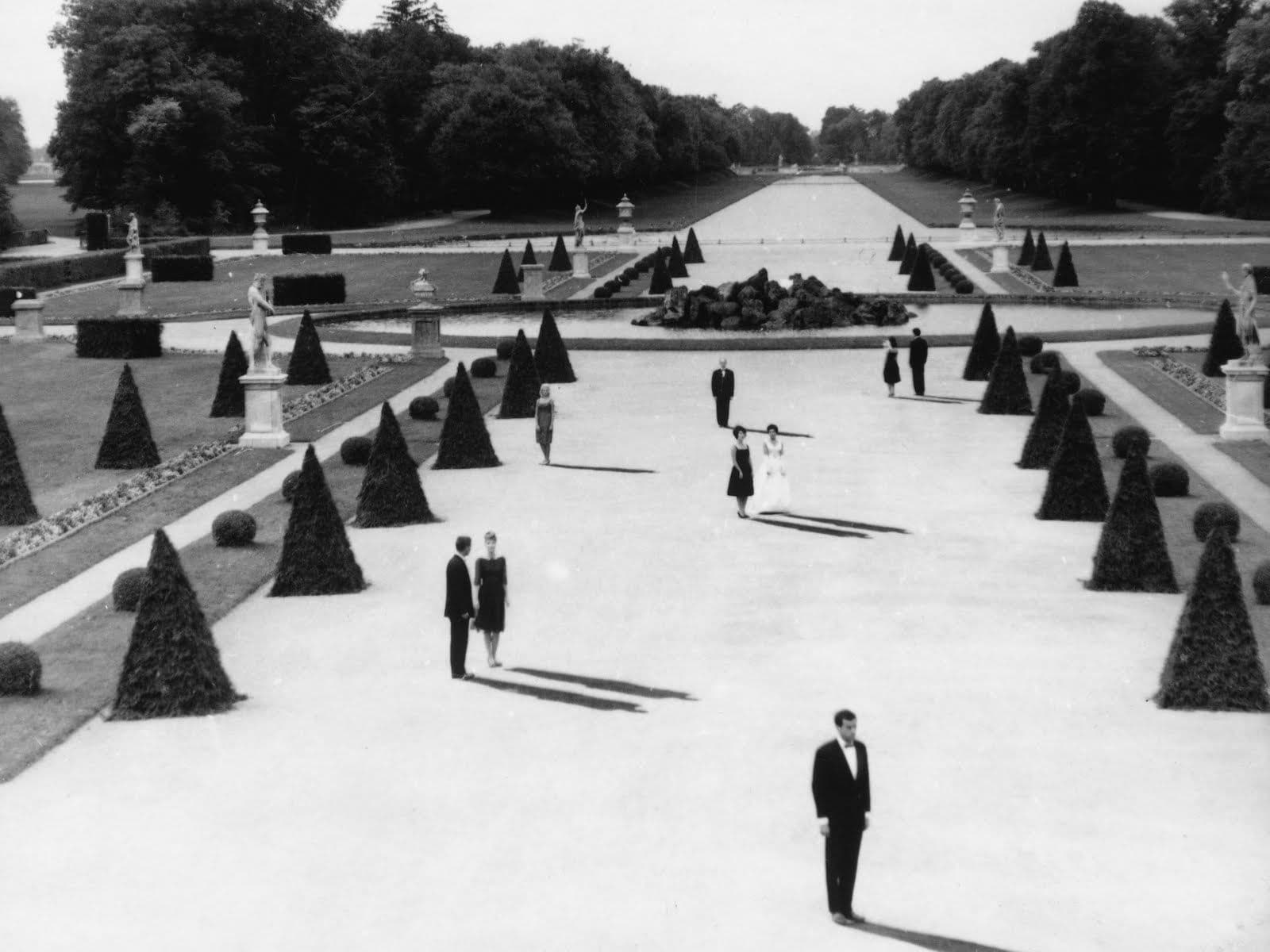

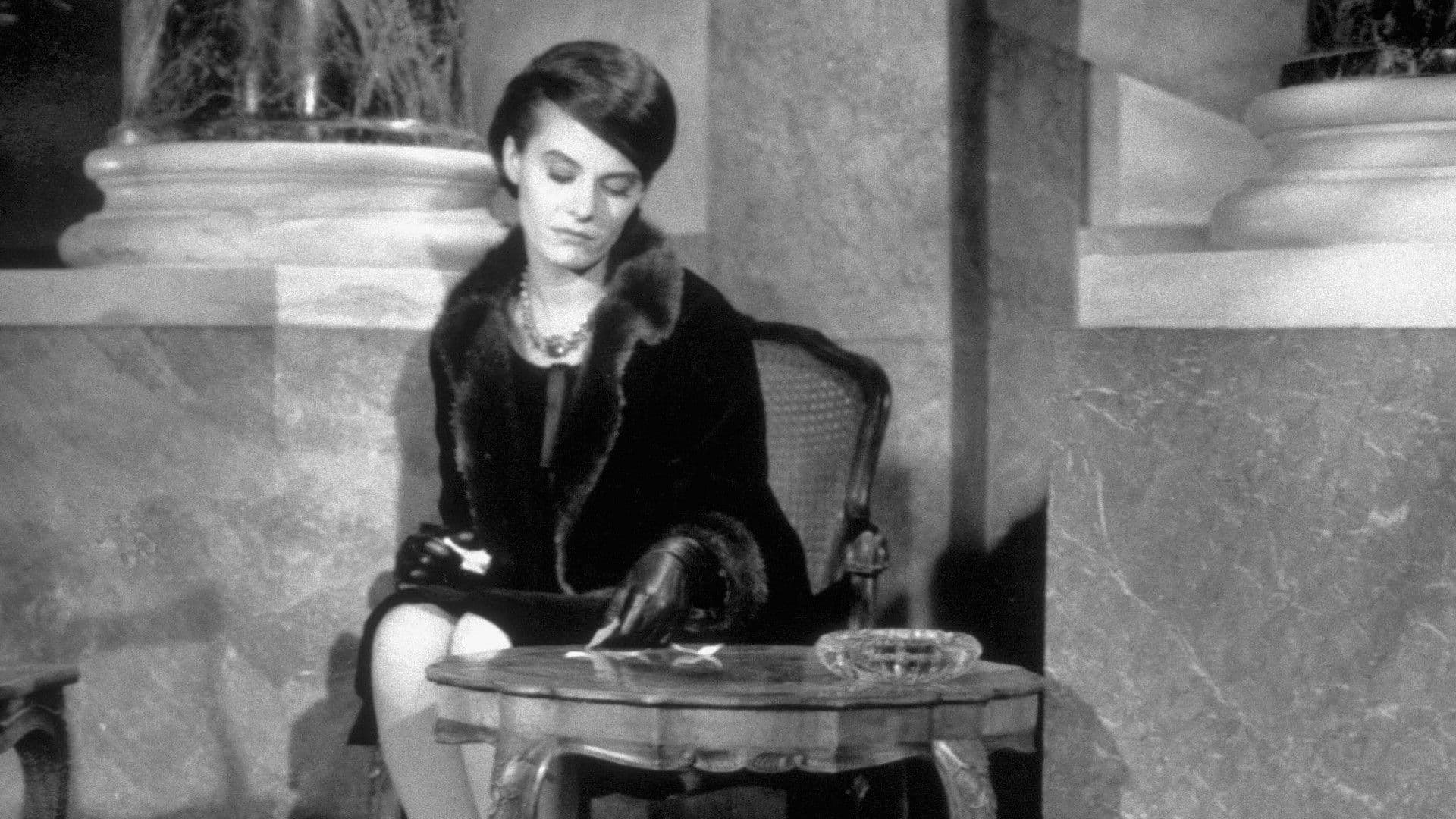
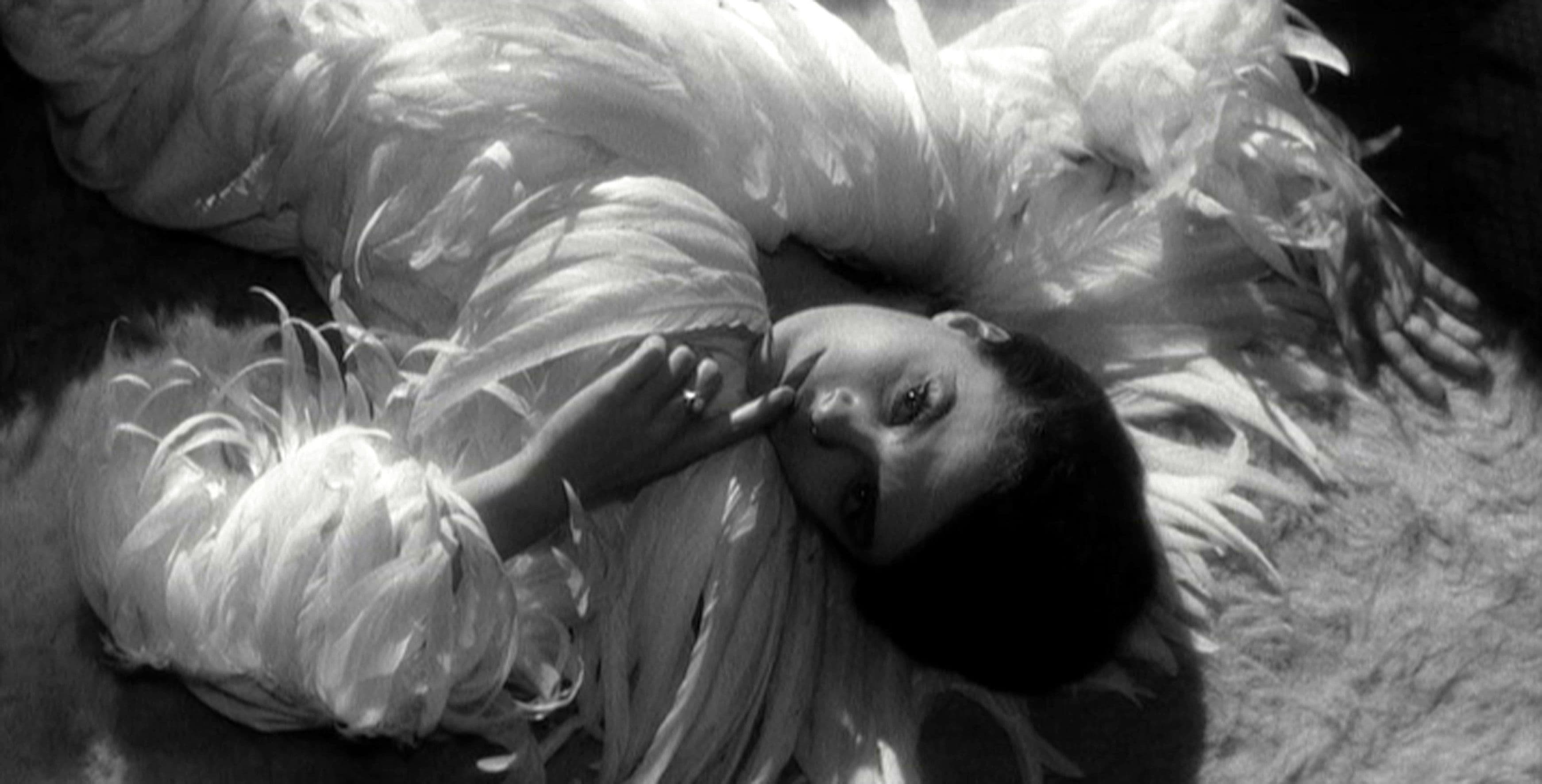

Featured Videos
Official Trailer
Comments
Loading comments...